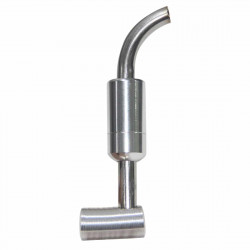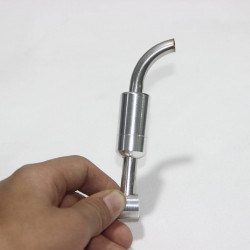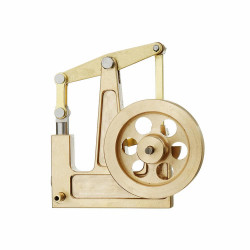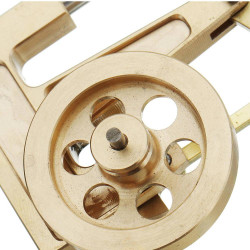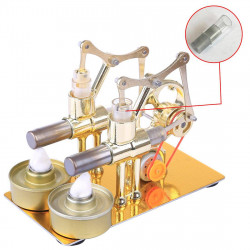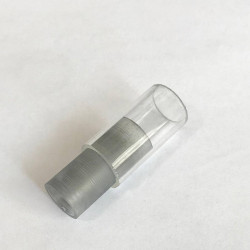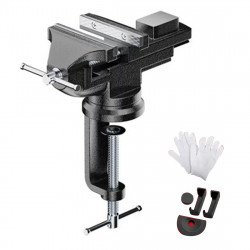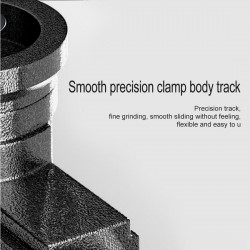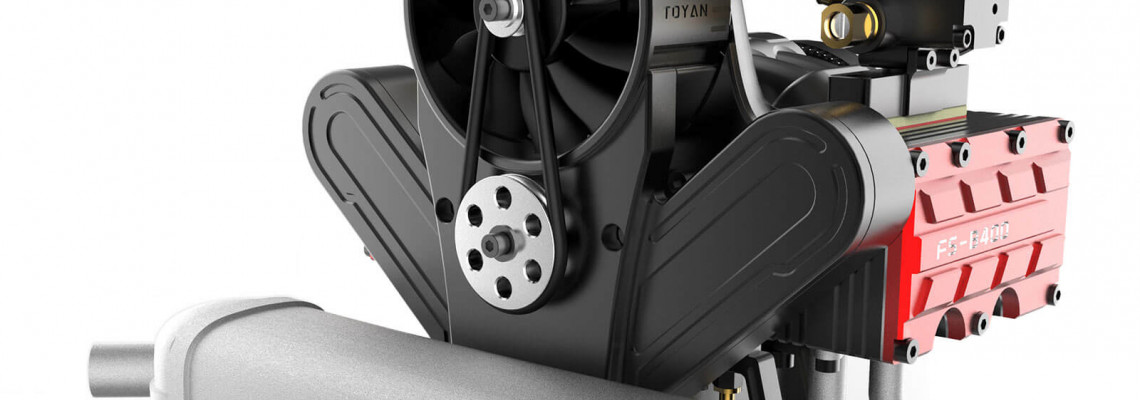
Toyan Rotary Engine Model First Time Engine Start
Structure and Working Principles of the Rotary Engine
Even though the rotary engine's structure differs from that of a conventional four-stroke piston engine, it nonetheless operates in the same manner: suction-compression-work-exhaust.
The main distinction is that a rotary engine can perform three tasks in a single revolution, whereas a conventional four-stroke piston engine can complete one task in two. Fuel consumption is high because the power density is significantly higher than typical four-stroke piston engines.
Additionally, because the rotary engine does not require a complicated crankshaft, conventional intake and exhaust valves, camshafts, etc., it can have a very compact volume, have less vibration, and operate more smoothly because the piston does not have to reciprocate linearly.
Lastly, achieving greater speed and having better litre power is also simpler. Thankfully, the Chinese 2110 truck rotary engine is the basis for the RS-L200 dual-rotor engine, which has a maximum rotational speed of 18,000 rpm.
Toyan Rotary Engine Model First Time Engine Start
What's a Chinese 2110 truck rotary engine?
Many people were highly hopeful about the rotary engine's future when it first came out in the 1960s, believing that it would eventually replace the piston engine. Because a four-stroke piston engine can only work once every two revolutions, a rotary engine can work three times for a single revolution. As a result, numerous automakers have created automobiles with rotary engines. For instance, Rolls-Royce made the R series engine and received approval for the diesel version of the rotary engine in 1965. The business intended to employ this engine in its military goods. The rotary engine's authorization has also been acquired by General Motors of the United States, and Citroen and NSU have formed a joint venture firm to develop the rotary engine and install it on their mass-produced vehicles. Mercedes-Benz is even more insane. It has created a four-rotor, 0.6L engine with an incredible 370 horsepower—numerous global brands created and produced rotary engines during that year's rotor tide.China decided to independently develop rotary engine vehicles in the 1960s since it was widely thought that rotary engines would soon replace piston engines. Thus, Tianjin started working on the TJ140 rotary engine truck. The twin-rotor gasoline engine 2110 was successfully developed in 1969 and is primarily utilized in trucks and buses weighing 4-6 tons. A maximum of 120 horsepower and 280 N.m. of torque can be produced by the 2.2L dual-rotor engine 2110. Two years after Mazda's proudly first rotary-engined product, the Cosmo Sport, China made the world's first TJ140 truck with a rotary engine in November. Although the TJ140 was reported to have a top speed of 140 km/h, its primary issues are its excessive fuel consumption and loud noise. Currently, the rotary engine's excessive fuel consumption is a built-in shortcoming, while the high noise level results from technical issues with the Chinese manufacturing process. Only 40 TJ140 trucks were ultimately constructed between 1969 and 1971 for various reasons, and the 2110-type twin-rotor engine installed on the TJ140 truck was only produced in small quantities (less than 100 units) and ultimately did not make it into history.
However, Chinese automakers resumed producing automobiles with rotary engines in 1975. Two years later, Shanghai Automobile Factory successfully trial-produced the SH750, China's first automobile using a rotary engine. The C-pillar and trunk line sagged down, giving this four-door sedan the straight lines that were fashionable in the 1970s, giving it an appropriate aesthetic for the time. It is stated that the Shanghai Automobile Tractor Research Institute designed this vehicle with more than just a product in mind. Through the research and development of SH750, they aimed to create China's own automotive research and development centre and a design, technology, and trial production centre. System. As a result, the SH750 design follows a structured procedure that starts with design drawings and ends with models. However, the more sophisticated SH750 has not yet been mass-produced since Shanghai Automobile Works has already created an enhanced SH760A of the SH760. Unfortunately, the SH750's design and production have developed a group of talented automotive people. This institute later produced many Chinese leaders and the foundation of the Shanghai GM Pan-Asia Design Center and Shanghai Volkswagen. All of the tales of rotary engines and Chinese automakers are now finished.
